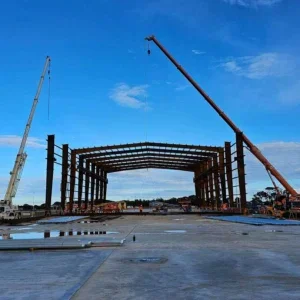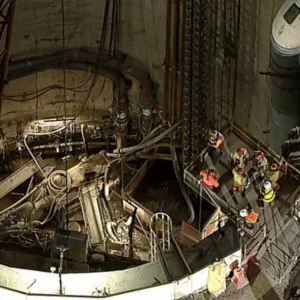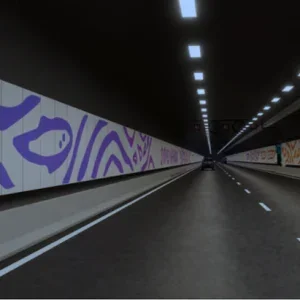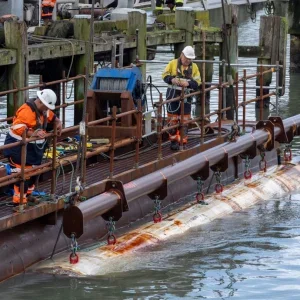Railtrack this month said it still did not know when the Strood tunnel in Kent could re-open. It hoped to talk with the UK’s Railway Inspectorate in the "next few weeks" about the 2.5km long tunnel. It was "still aiming at opening it as soon as possible" following repairs to shafts.
Closure has so far cost the UK rail infrastructure owner £8M ($12M).
Two shafts have been partially filled in following collapse of one in June which caused a crater to appear in an orchard at the surface, and debris to fall onto the railway line below. The tunnel was closed.
The infilling was at shaft five and shaft six but the original collapsed shaft is still being investigated before a repair method is devised a Railtrack spokeswoman said
Tests by consultant Scott Wilson revealed the collapse was caused by excessive groundwater movement. A similar problem caused a section of the tunnel lining to collapse in December 1999, resulting in a train derailment.
Lining repairs had been completed and the tunnel reopened when the shaft collapse occured.
Tests were carried out on all seven construction shafts. Repairs so far followed endoscopic surveys
Ground engineering contractor Fondedile capped shaft six which emerges in a residential area on the outskirts of Strood.and shaft five, filling both with foam concrete.
Shafts range between 20m and 50m in depth, and were capped with brick domes when the twin track tunnel was built in the 1830s. Some were capped at the base and filled above, while others were capped near the top over voids.
The cap that gave way was three quarters of the way up the shaft.
Engineers believe a change in water regime caused deterioration of lining and the caps. One possibility – a burst water main – was denied by the local water company. Investigations are now focusing on the drainage of a new road bypass above the tunnel.
Related Files
Strood tunnel







